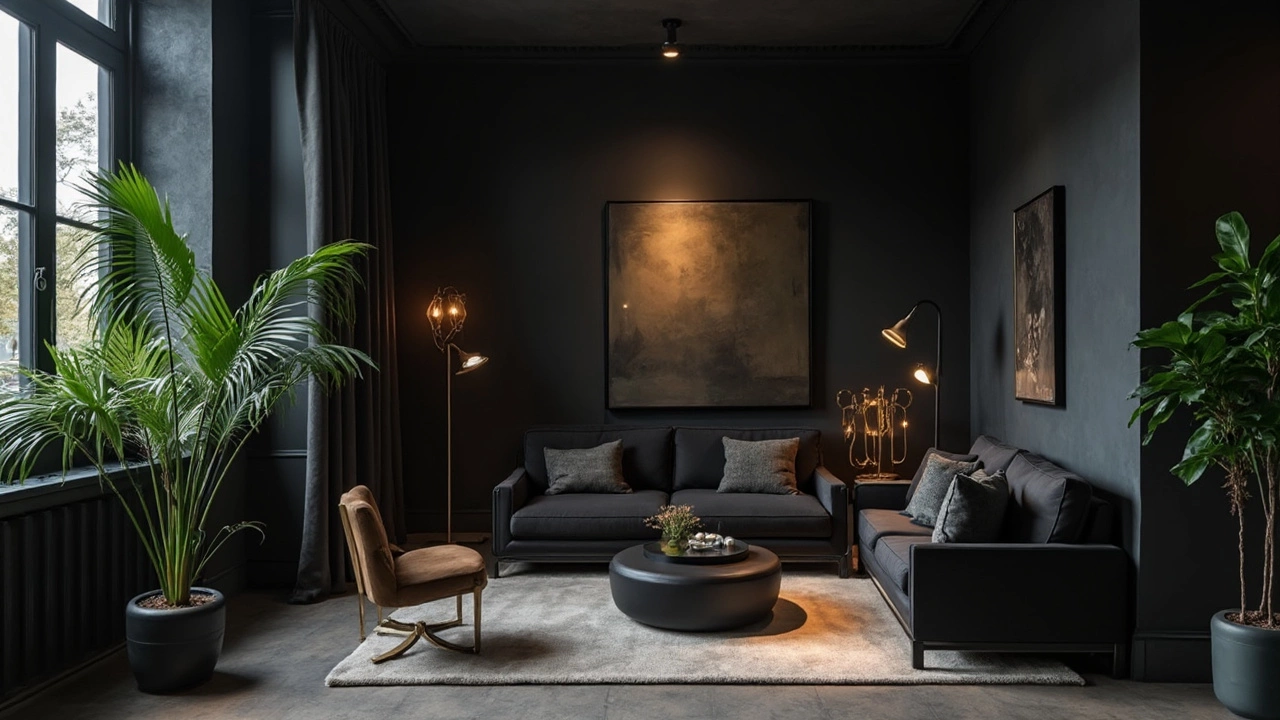Design Tips That Really Work for Every Room
Ever walked into a room and felt something was off, but you couldn’t pinpoint why? Most of the time it’s a tiny detail – a missing hook, a clashing colour, or a piece of furniture that’s just the wrong size. The good news? Fixing those details doesn’t require a full makeover or a big budget. Below are quick, practical design tips you can start using today.
Start with the Basics: Colour and Light
Colour sets the mood, and light makes the mood feel real. Choose a neutral base – think soft whites, warm greys, or muted beiges – for walls and large furniture. Then sprinkle in colour with accessories: cushions, rugs, or artwork. If you love bold colour, try a single accent wall instead of painting the whole room; it adds drama without overwhelming the space.
Natural light is free and instantly enlarges a room. Keep window treatments simple – sheer curtains or light blinds let sunshine in while maintaining privacy. When daylight isn’t enough, add layered lighting: a ceiling fixture for overall illumination, a floor lamp for reading corners, and a table lamp for ambience. This three‑point approach makes any room feel balanced and inviting.
Furniture Placement and Proportion
One of the most common design mistakes is crowding a room with oversized pieces. Measure your floor space first, then leave at least 18‑inches of walking clearance around each item. If you have a small living area, consider a sleek sofa with exposed legs – it creates the illusion of more floor space compared to a bulky sectional.
Try the "floating furniture" trick: pull smaller pieces away from walls. A floating sofa, for example, adds depth and makes the room feel larger. Pair this with a rug that’s slightly larger than the seating area so the rug anchors the space without cutting it off.
When it comes to dark furniture trends in 2024, the key is contrast. Pair a dark wood coffee table with lighter walls and a bright rug to avoid a heavy look. The contrast gives the room a modern edge without feeling gloomy.
Finally, add personality through sustainable décor. Reuse old jars as candle holders, swap out disposable plastic décor for bamboo or reclaimed wood pieces, and choose plants that thrive indoors. A few well‑placed green leaves not only freshen the air but also bring life to any design.
Stick to these simple steps – neutral base, layered lighting, smart furniture placement, and a splash of sustainable style – and you’ll see a noticeable transformation. You don’t need a designer’s budget; you just need a few thoughtful tweaks. Ready to give your space a fresh look? Grab a paint swatch, move that sofa a few inches, and watch the magic happen.
